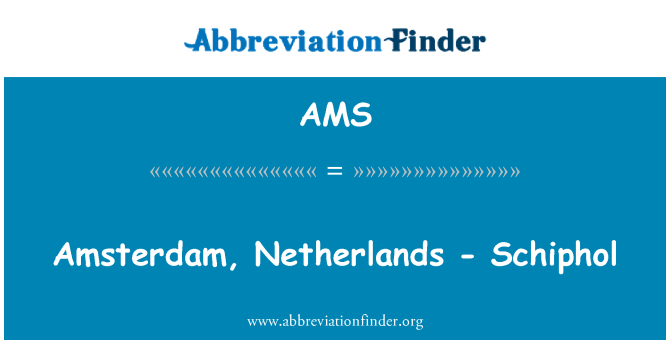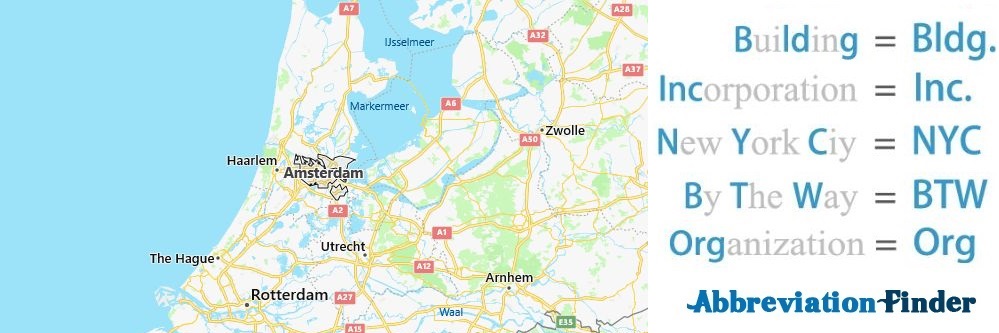Amsterdam
Amsterdam is rightly referred to as a city full of nuances and contrasts. Here the sea and land meet, and the Bohemians migrate side by side with highly conservative citizens. Amsterdam has long been regarded as the city with the great tolerance. As the largest city in the Netherlands, Amsterdam has always attracted a large group of people who have valued privacy and not least the right to do what they want.
Amsterdam has been called the city of sin because of its Red Light District and its more than 700 coffeeshops, where cannabis is legally purchased over the counter. But don’t let this scare you. Amsterdam is not a safe city. It offers beautiful houses, beautiful canals that go through the city center and a very lively and charming nightlife.
Amsterdam is no bigger than getting to know it over a long weekend. The city is beautiful all four seasons, but perhaps especially attractive during the tulip period, ie in spring (from April). Winter and autumn can be sour due to wind and wind from the North Sea.
The fact that Amsterdam is close to us in Scandinavia is just the pinnacle of a number of arguments for visiting this 800 year “young” city that has stood for independence, democracy, art and reform spirit all year long.
Amsterdam attracts visitors of all types and of all ages. Here you can come with children, experience a romantic weekend, enjoy world-class arts and culture or simply to “knock out your hair”.
Get to know Amsterdam
Amsterdam is the capital of the Netherlands and is the country’s largest city. However, the city is no bigger than most of you over a weekend. Amsterdam has a large historic center with buildings from the 17th century. In the 13th century, Amsterdam was a fishing village, but in the 1300s a flourishing of the city started as a result of trade in cities run by the Hanseatic states.
During World War I, the Netherlands was neutral. During World War II, Amsterdam was occupied by Germany, and more than 100,000 Jews were deported to concentration camps.
City Profile
- Abbreviation: AMS
- Country: Netherlands
The inner city of Amsterdam
The center of Amsterdam is called the Inner City. The inner city consists of two parts. One part is called Oude Zijde (The Old Side) and is located east of the center. The other is called Nieuwe Zijde (The New Side) and is located west of the center. The canal Singel, which is the oldest canal in Amsterdam, divides the inner city in two. Historically, Singel was more than just a channel. It was also the defense force against invaders. From Singel, Nieuwe Zijde extends eastwards to the canal Oudezijds Voorburgwal, where Oude Zijde starts.
Old Silk in Amsterdam
The old part of the Inner City was originally a narrow little area surrounded by the canals Oudezijds Voorburgwal on the west side and Oudezijds Achterburgwal on the east side. Here lies the heart of the brothel area, the so-called Red Light District, for which Amsterdam is so notorious. The canal Oudezijds Voorburgwal passes right by the old church (Oude Kerk). Today it is common to incorporate Oude Zijde all the way east to the canal Oude Schans. This is the largest canal in the east of the Inner City, and if you follow this you will come to the old Jewish quarter with its historic museum.
If you continue east, you will reach a large green area called Plantation. For more than three hundred years, this has been Amsterdam’s detour for relaxation and enjoyment. Sights in Oude Zijde are the Jewish Historical Museum, Oude Kerk (the city’s oldest church), the house of Rembrandt, the Nieuwmarkt square and the large Waterlooplein market. The Plantation area also features a zoo and a large aquarium.
Nieuwe Silk i Amsterdam
The new side (Nieuwe Zijde) is dominated by the area around the main train station and the vibrant Dam Square. This is the square you are sure to (and will) visit, and it is close to this that Amsterdam was originally listed. In the middle of the square you will find the memorial of the Dutch who died during the Second World War. The beautiful railway station was built in the 1880s and stands at more than 25,000 wooden piles.
Just behind the station you will find the harbor where most of Amsterdam’s many canal boats start their sightseeing tours. The port is called Damrak, and the street of the same name runs across the inner city. Points of interest in Nieuwe Zijde include Madame Tussauds, the Royal Palace, the Royal Palace and the Begijnhof square.
West in Amsterdam (middle and west channel ring)
If you love beautiful houses, buildings and urban romance, West Amsterdam is the place for you. The area is bounded by the canal Singel to the east, Leidsegracht to the south and Singelgracht to the west. The suburbs have three smaller channels shaped like semicircles. This area is perhaps the nicest Amsterdam has to offer, but originally it was a very poor place to stay. The area Jordaan located here is known for its poor houses (courtyards). The channel closest to Singel is called Herengracht. Along this you will see beautiful houses, and hundreds of them have been declared cultural monuments.
In addition, the area offers several flea markets that are worth a visit, such as the Rommelmarkt. Here you will also find Anne Frank’s house and Amsterdam’s most interesting church, Westerkerk. It takes no more than ten minutes to get here from Dam Square.
South of Amsterdam (Eastern Channel Ring)
This area is the tourist magnet in Amsterdam, not least because of the Collectie Six (a large collection of works by Rembrandt and other well-known Dutch artists), the Bloemenmarkt (the floating flower market) and the very lively nightlife. You can find the area’s pulse at Rembrandtsplein, which is a busy square with cafes and outdoor restaurants. In the square you will find a large statue of Rembrandt, [see picture first in the article].
Worth mentioning is Leidseplein, which is on the corner of the canals Singelgracht and Leidsegracht. This square is full of life; perhaps no wonder when you have access to more than 100 bars, many with live music.
Vondelpark and Museumsplein (southwest of Amsterdam)
We cannot describe Amsterdam without mentioning the street Museumplein, which lies south of the Singelgracht. Here you will find three of the finest art collections the world has to offer. Museumplein is a side street to Stadhouderskade, which runs along the canal Singelgracht. Further behind Museumplein you will find the beautiful park Vondelpark.
The Rijksmuseum, which has a fantastic collection of paintings of the highest class, faces the Singelgracht. Furthermore, you will find the van Gogh Museum, which naturally shows paintings by the master van Gogh. Here you will also find the Stedelijk Museum, one of the world’s leading modern art museums.
Facts in Amsterdam
Amsterdam is the largest city and capital of the Netherlands, ( The Hague is the seat of government).
| Population | about 745,000 |
| Official language | Dutch |
| Control Form | monarchy |
| Religion | Roman Catholic (31%), although over 40% are non-religious. |
| Time Difference | No |
| Currency | Euro. ATMs are available almost everywhere. |
| Tips | Service is included, but if you are satisfied it is normal to give a little extra. Both at the restaurant, by taxi and at bars. |
| Embassy | The Norwegian Embassy in the Netherlands is located in The Hague; Lange Vijverberg 11, NL-2513 The Hague. Tel: +31 70 3117611 |
| Tourist | Stationsplein 10, just off the train station. |
| Telephone | 31 |
| Emergency | 112 |
| Electricity | 220/240 volts, the same two-pin contact system as in Norway. |
| National Day | 30 April |
| Visa | Not required for Norwegian citizens |
| Vaccinations | Not required. |
| Water | Can be drunk from the tap. |
| Nearest major cities | The Hague, Utrecht, Rotterdam |
| Safety | As in most other major European cities. A little violence, but be aware of pickpockets, especially in the Red Light District. |

List of Amsterdam Acronyms
The most commonly used abbreviations about Amsterdam is AMS which stands for Amsterdam. In the following table, you can see all acronyms related to Amsterdam, including abbreviations for airport, city, school, port, government, and etc.


